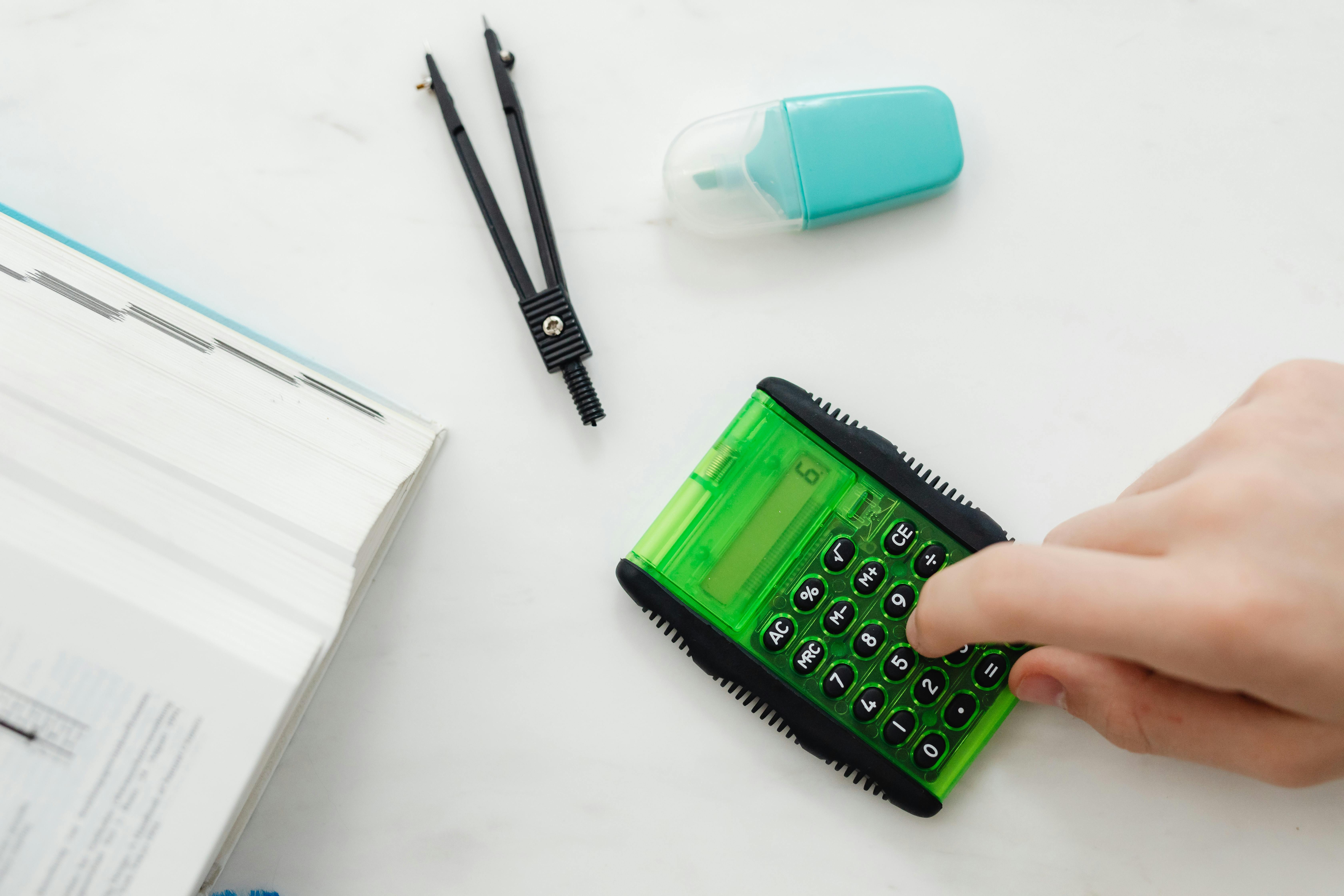FD Calculator

How to Choose the Right FD Tenure
Key Points
- Longer tenures often offer higher interest rates but lock your funds.
- Short tenures provide flexibility but may have lower returns.
- Use our calculator to compare maturity values across tenures.
Practical Example
A ₹1,00,000 FD at 6.5% p.a. for 5 years (quarterly compounding) yields ₹1,37,974, with ₹37,974 interest. For 7 years, it grows to ₹1,50,937. Try our calculator to find the best tenure for your goals.
Choosing the right tenure balances liquidity and returns. Use our FD Calculator to make informed decisions.

Why FDs Are Safe Investments
Key Points
- FDs offer guaranteed returns, unaffected by market volatility.
- Banks and NBFCs provide secure options with competitive rates.
- Our calculator helps you estimate returns for confident planning.
Practical Example
Investing ₹5,00,000 at 7% p.a. for 3 years (yearly compounding) gives 6,12,550, with ₹1,12,550 interest. Our calculator shows how FDs ensure predictable growth.
FDs are ideal for risk-averse investors. Use our FD Calculator to plan your savings securely.
Grow Your Savings with Pagla Tools FD Calculator
A Fixed Deposit (FD) is a secure investment option offered by banks and financial institutions, providing guaranteed returns at a fixed interest rate. Pagla Tools’ FD Calculator helps you estimate the maturity value of your FD, enabling you to plan your savings effectively. Whether you're saving for a short-term goal or long-term security, our tool offers accurate calculations and visual insights to guide your investment decisions.
What is a Fixed Deposit?
An FD is a financial product where you invest a lump sum for a fixed period at a predetermined interest rate. Key features include:
- Guaranteed Returns: Interest is fixed, ensuring predictable growth.
- Compounding: Interest can be compounded monthly, quarterly, half-yearly, or yearly, boosting returns.
- Safety: FDs are low-risk, ideal for conservative investors.
Our FD Calculator uses the compound interest formula to compute the maturity amount based on your inputs.
How to Use Our FD Calculator
Our FD Calculator is simple and intuitive. Follow these steps:
- Enter Principal Amount: Input the amount you plan to invest (e.g., ₹1,00,000).
- Specify Interest Rate: Provide the annual interest rate (e.g., 6.5%).
- Select Tenure: Choose the investment duration in years (e.g., 5 years).
- Choose Compounding Frequency: Select monthly, quarterly, half-yearly, or yearly compounding.
- Click Calculate: Hit the "Calculate FD" button for instant results.
The calculator displays:
- Invested Amount: The principal you deposit.
- Interest Earned: Total interest gained.
- Maturity Value: Total amount at the end of the tenure.
- Pie Chart: Visual breakdown of invested amount vs. interest earned.
Real-Life Problems Solved by Our FD Calculator
FDs are popular, but choosing the right plan can be challenging. Our calculator helps:
- Comparing FDs: Test different banks’ rates (e.g., 6% vs. 7%) to find the best returns. For ₹2,00,000 at 7% for 5 years (quarterly), you get ₹2,81,948 vs. ₹2,76,154 at 6%.
- Tenure Planning: See how tenure affects returns. A ₹1,00,000 FD at 6.5% for 3 years yields ₹1,20,800, but 5 years gives ₹1,37,974.
- Compounding Impact: Compare compounding frequencies. Quarterly compounding on ₹5,00,000 at 7% for 5 years yields 7,05,418, while yearly yields 7,01,275.
- Goal Setting: Plan for goals like buying a car by calculating the required principal for a target maturity amount.
Benefits of Using Pagla Tools
Our FD Calculator offers:
- Accuracy: Precise calculations using the compound interest formula.
- Time-Saving: Instant results without complex math.
- Visual Insights: Pie chart for clear understanding of returns.
- Flexibility: Test various scenarios to optimize your FD.
- User-Friendly: Intuitive interface for all users.
- Free Access: Available 24/7 on paglatool.com at no cost.
Additional Tips for FD Investing
Maximize your FD returns with these tips:
- Compare Rates: Check rates across banks and NBFCs for the best deal.
- Opt for Longer Tenures: Higher tenures often yield better rates.
- Choose Frequent Compounding: Quarterly or monthly compounding increases returns slightly.
- Consider Tax: FD interest is taxable; plan for post-tax returns.
- Check Premature Withdrawal: Understand penalties for early withdrawal to maintain flexibility.
Frequently Asked Questions (FAQs)
What is the minimum amount for an FD?
Most banks allow FDs starting at ₹1,000, though some may require ₹5,000 or more.
Is FD interest taxable?
Yes, FD interest is taxable as per your income tax slab. TDS may apply if interest exceeds ₹40,000 p.a. (₹50,000 for senior citizens).
Can I withdraw my FD early?
Yes, but banks may charge a penalty and offer a lower interest rate for premature withdrawal.
How does compounding frequency affect FD returns?
More frequent compounding (e.g., monthly vs. yearly) slightly increases returns by reinvesting interest sooner.
Why Trust Pagla Tools?
Our FD Calculator is:
- Expert-Designed: Built by financial experts.
- Transparent: Free with no hidden fees.
- Regularly Updated: Aligned with the latest financial standards.
Visit paglatool.com to plan your FD investments with confidence!